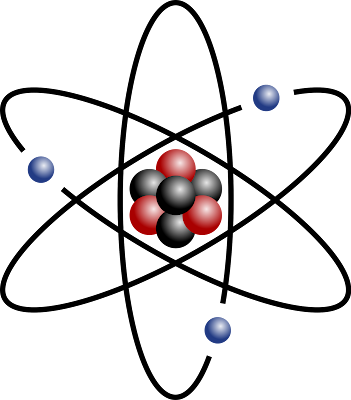Fact Of The Month: 99.9999999999999% Of A Hydrogen Atom Is Nothing

Fact of the month: 99.9999999999999% of a hydrogen atom is nothing. This means that everything around you is mostly nothing. The chair you are sitting on, the device you are reading this post on. It is mostly nothing. A reasonable size proportion for this is that if an atom was the size of our planet, the nucleus has a diameter of Manhattan. This is the fact of the month because I think that this fact is mind blowing (not literally). (above) A hydrogen atom.






















